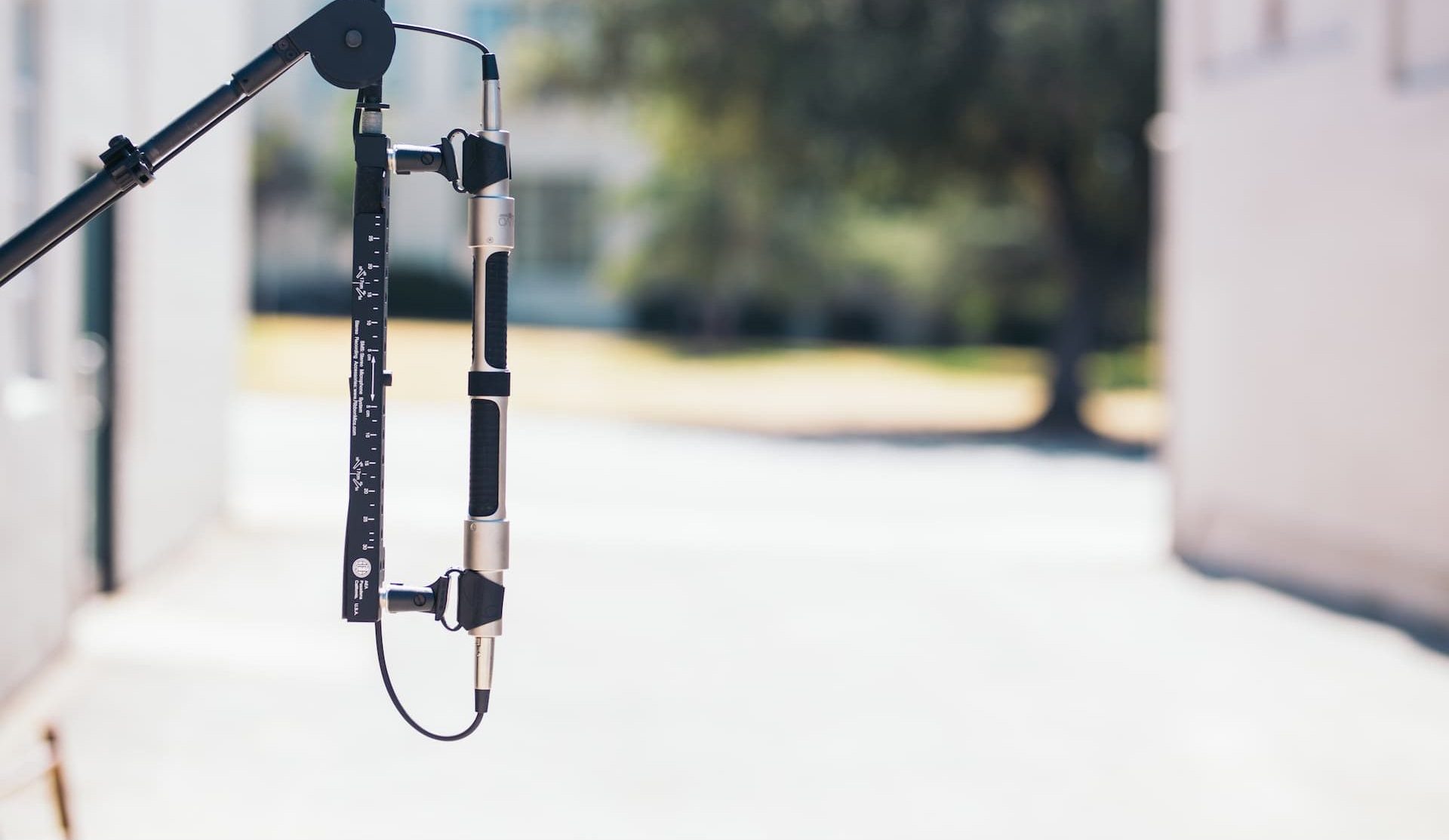The Last 20 Years of the AEA R44


Blumlein configuration is one of the most popular techniques for recording in stereo. Its realistic, wide, and focused imaging is why it is one of the primary choices when recording everything from drum overheads to entire orchestras. Often times, a pair of mics in Blumlein configuration is all that is needed to capture the full scope of a source.
In 1931, Alan Blumlein, an engineer for EMI, invented stereo recording by demonstrating the natural reproduction of the soundstage in one of the Abbey Road studios in London.
To this day, Blumlein’s coincident recording technique using two figure-of-eight pattern ribbon mics is the benchmark for producing an authentic representation of a performance in a room. The Blumlein method uses the two mic elements angled at 90 degrees and mounted in close proximity to each other along the vertical axis.

With the Blumlein technique, a sense of realism is created. It’s as if the listener is there in the acoustic sound field. This technique is extremely accurate and gives a direct center image with a very wide sense of space.
The precision of Blumlein recording more closely resembles what human ears hear than other stereo techniques. For solo piano or general room miking, it captures a highly realistic image of the original sound.
Today, Blumlein’s coincident recording technique lives on in the AEA R88, which uses two figure-of-8 ribbons for producing an authentic representation of a performance.
The following techniques and videos will show you a range of instruments and ways of recording with the R88 in Blumlein technique. Keep in mind, any pair of figure-of-8 microphones can be positioned in Blumlein configuration. The R88 simplifies this by housing two matched ribbons in one microphone body.

For overhead recordings of drums, try positioning a Blumlein array 4 to 6 feet from the ground and above the drums or in front of the kit. This placement delivers a balanced blend of direct sound and room ambience with high-frequency roll-off to smooth potentially harsh cymbals. To increase the room tone captured by the array, simply lift it higher from the ground.

On grand piano, try positioning a Blumlein Array roughly 1 to 3 feet from the piano’s right side, overlooking the frame, with the center of the two mics pointing towards the piano’s middle c. This method yields a wide stereo spread with terrific natural tonality. To lessen the considerable bass response of the array and to gain more room tonality, pull it away from the frame.

In the following video, the talented Cattus Quartet perform their arrangement of Etta James’ song, “At Last” with only an R88 positioned 8 feet in front of the group and 6 feet above the ground. Listen to the depth and articulation of the individual instruments, and how the natural sound of the group comes through.

The R88 can also be used on its own to capture a detailed performance of a full band. Early methods for capturing ensembles involved gathering several vocalists and instrumentalists around one mic for practical purposes. Mixing the volumes of individual performers required physically adjusting the formation of the ensemble around the microphone or asking instrumentalists to temper their playing volume.
In his OneMic series, John Cuniberti implements the R88 in that same spirit and the resulting recordings are testament to the organic energy of the captured moment. The major difference with the R88, of course, is that breathtaking, natural stereo is captured in a truly organic way.
In the following video, the incredible band San Geronimo performs,”Pay Day” using only an R88 to capture the full band. Yes, it really is just a single R88 capturing this performance.